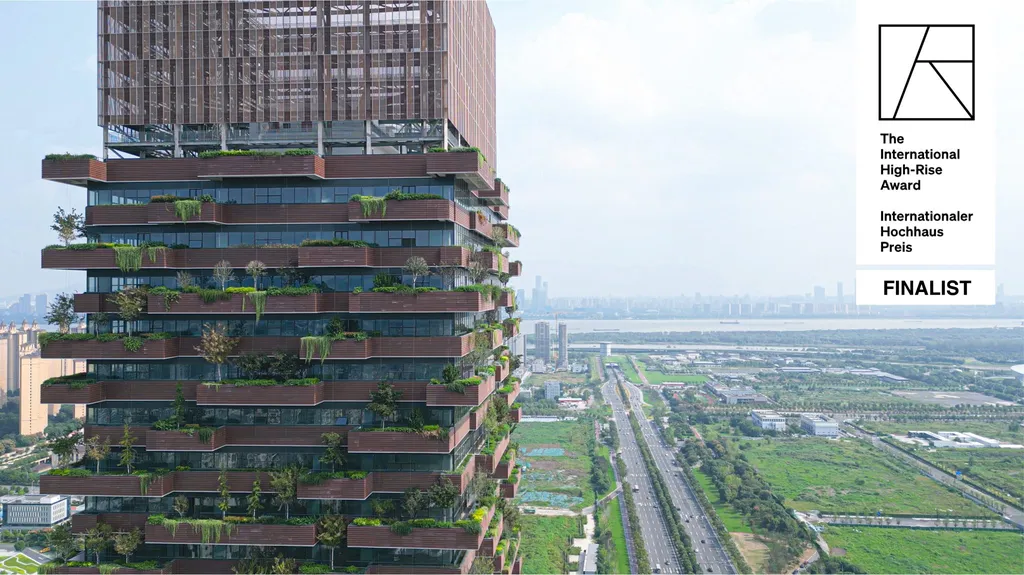In the heart of Nanjing, China, a groundbreaking study is reshaping the way we think about the safety of our towering urban landscapes. Aqdas Shehzad, a researcher from the Department of Civil Engineering at Southeast University, has published a comprehensive study in *Engineering Reports* (translated from Czech as “Engineering Reports”) that delves into the critical role of outrigger systems in enhancing the seismic resilience of high-rise structures. This research is not just about academic curiosity; it’s about safeguarding lives and investments in a world where skyscrapers are becoming increasingly common.
Shehzad’s work focuses on the often-overlooked outrigger systems, which are crucial for maintaining the lateral stability of tall buildings, especially in earthquake-prone regions. “The increased number of towering structures globally necessitates enhanced seismic designs for occupant safety,” Shehzad explains. “Our study addresses the critical gap in the lack of optimized outrigger systems for seismic resilience in high-rise buildings.”
Using advanced numerical simulations through ABAQUS software, Shehzad and his team evaluated key design parameters such as the height, location, stiffness, and size of outrigger systems. The goal was to understand their impact on seismic responses, including inter-story displacement, base shear, and acceleration spectra. The findings are nothing short of transformative. By identifying optimal configurations for outrigger systems, the research provides valuable insights into their design and implementation, ultimately minimizing seismic responses in tall structures.
The commercial implications of this research are profound, particularly for the energy sector. High-rise buildings often house critical energy infrastructure, and ensuring their seismic resilience is paramount. “This work fills a research gap by addressing the inadequacies in existing approaches to outrigger system optimization, which often fail to account for regional seismic variations or systematic design parameter evaluations,” Shehzad notes.
The study’s findings could lead to more robust and cost-effective designs for tall buildings, reducing the risk of structural failure during seismic events. This not only protects lives but also safeguards significant investments in urban development. As cities continue to grow vertically, the need for such innovative solutions becomes ever more pressing.
Shehzad’s research is a beacon of hope in the quest for safer, more resilient urban environments. It underscores the importance of continuous innovation and adaptation in the face of natural hazards. As we build taller and taller, the lessons from this study will be invaluable in shaping the future of high-rise construction.
In a world where the stakes are high, Shehzad’s work reminds us that the pursuit of knowledge is not just an academic endeavor but a vital step towards a safer, more secure future. The insights gained from this research will undoubtedly influence future developments in the field, ensuring that our towering structures stand strong against the forces of nature.

